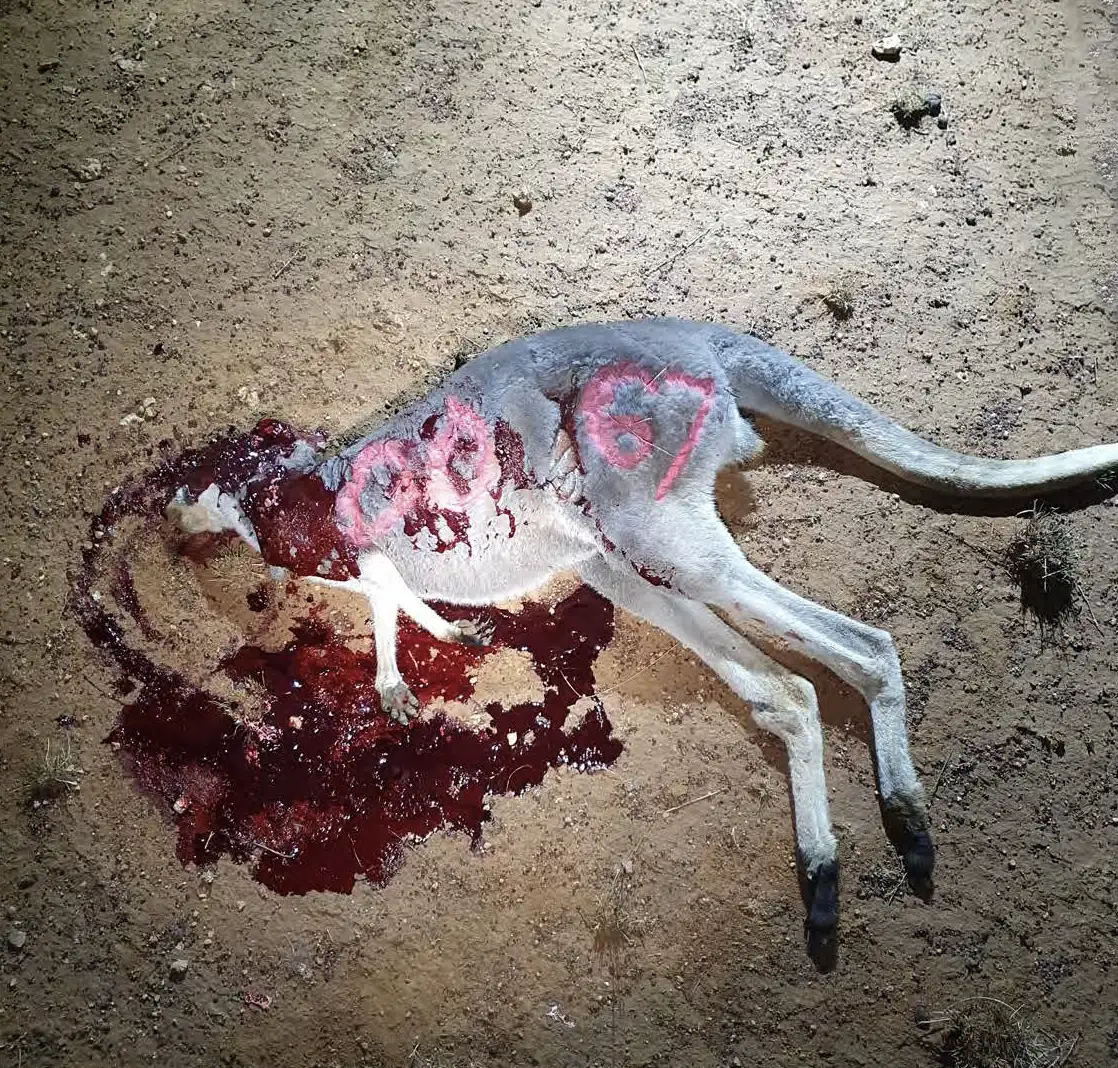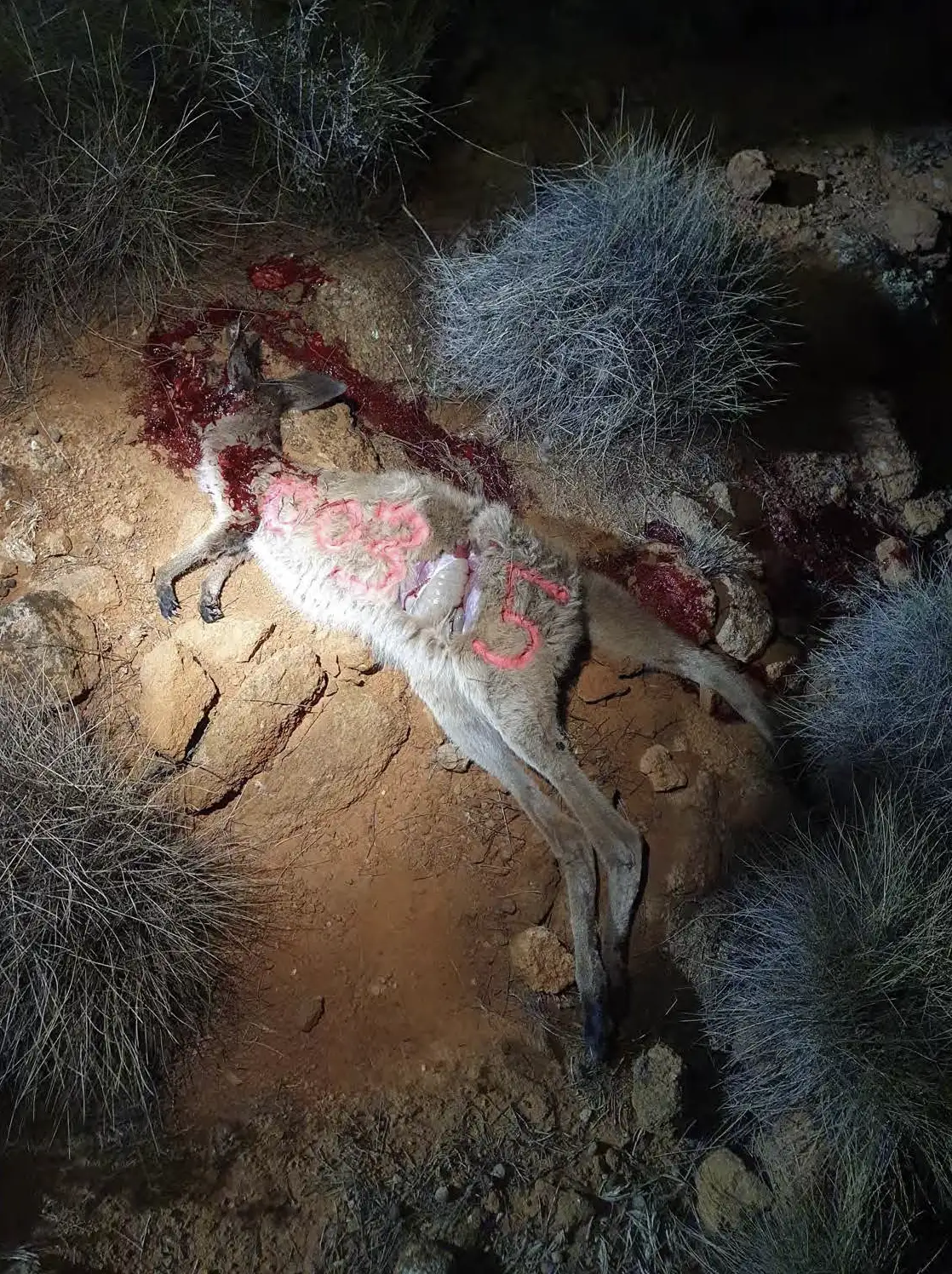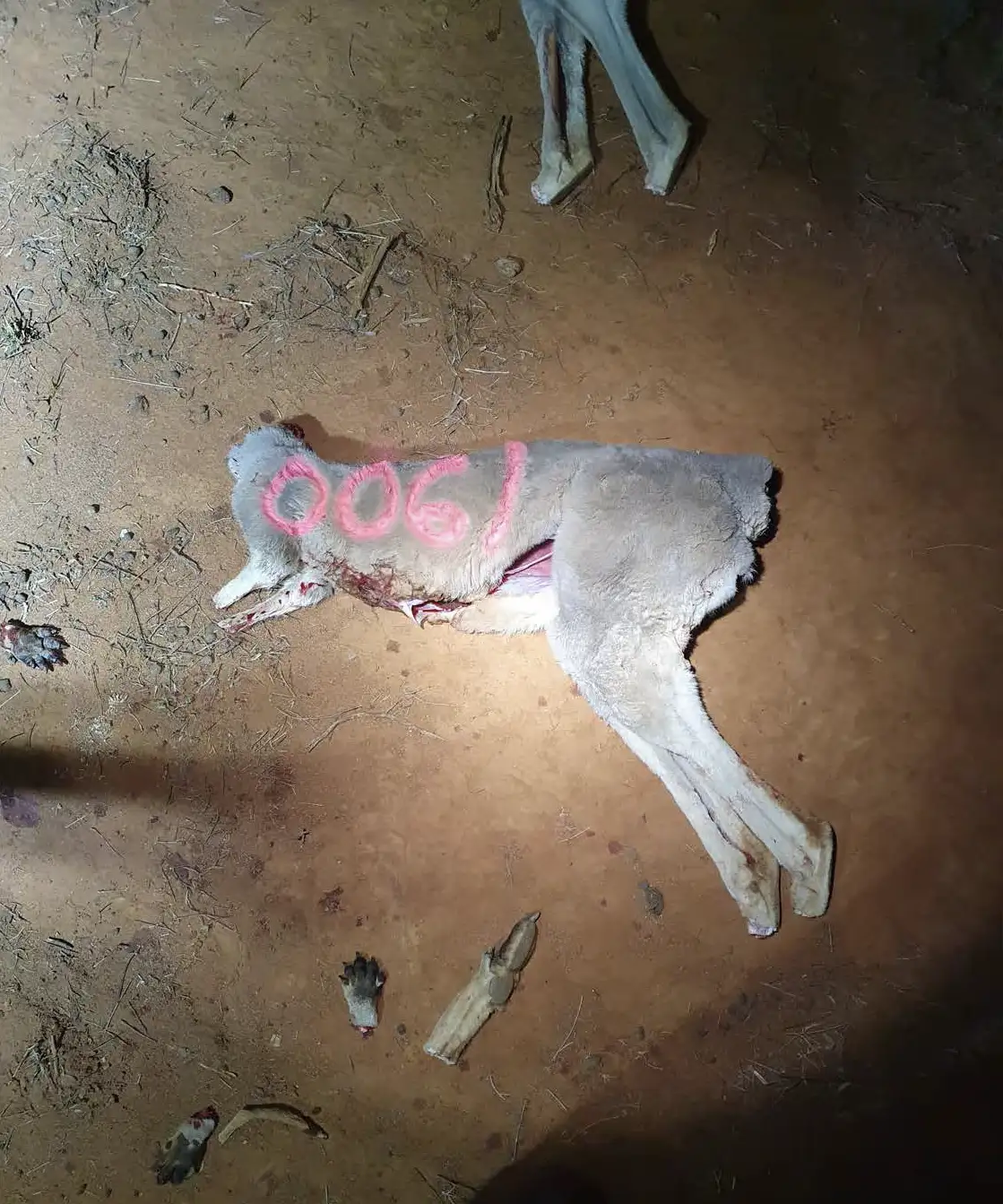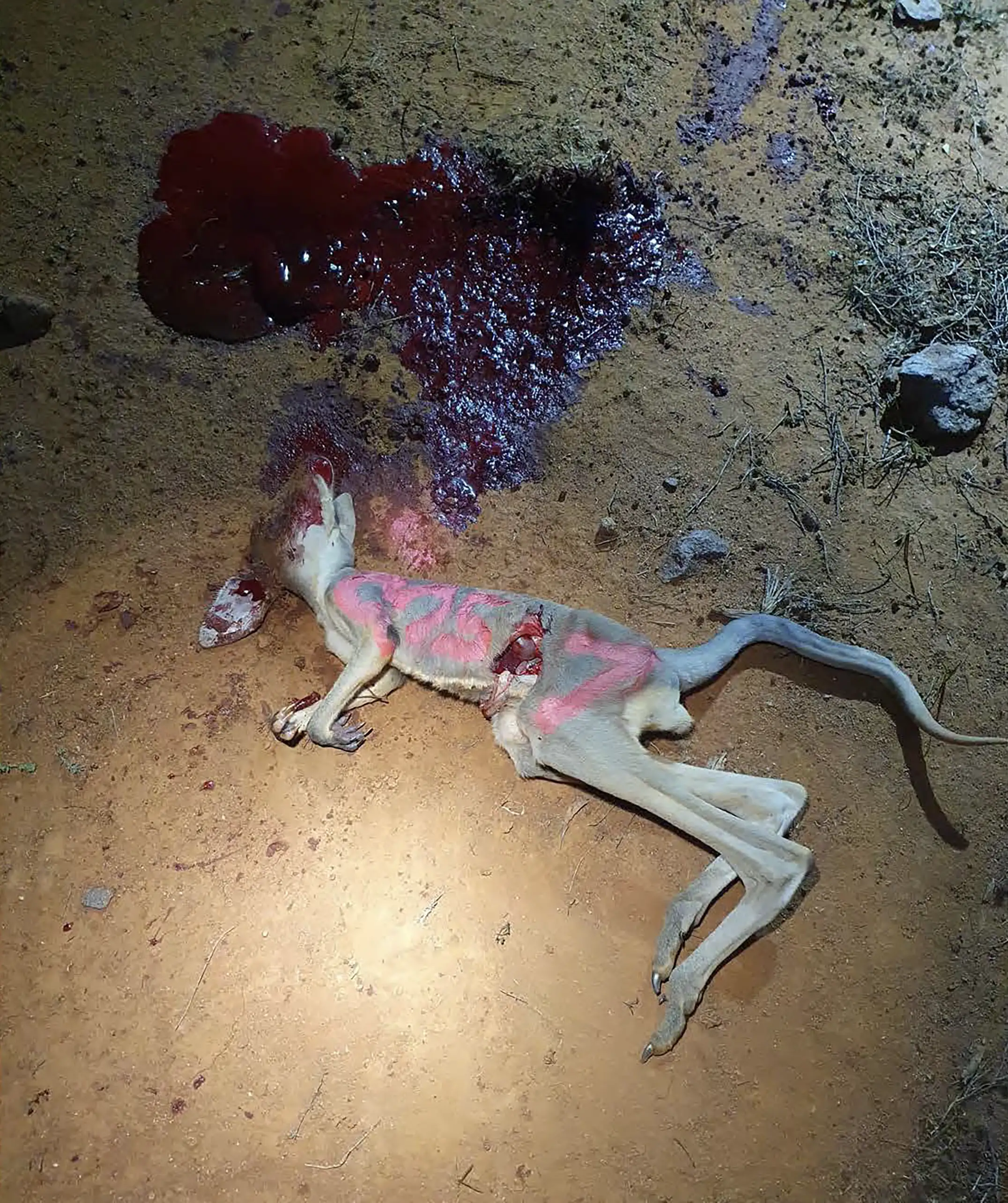Commercial exploitation of Kangaroos in South Australia: Actual take, 1 January to 1 July 2025
Life on land



Your support will assist us to continue our research and content development, the greater our resources, the more we can do.
The more we have an accurate understanding of what is happening to nature, the more we can all do to protect what remains of our living planet.
This is also an opportunity for philanthropists to be part of an ongoing project that tells independent stories about the natural world, stories that will help us to better understand what is happening to species and places on our precious planet Earth.
Note: Creative Cowboy Films does NOT have tax deductible charity status.

The Nature Knowledge Channel is a very real way you can help the precious natural world and support the work we do in creating knowledge about the natural world.
Annual membership of the Creative cowboy films - Nature Knowledge Channel gives you full access to content, stories and films, available on this website. Becoming a member of the Creative cowboy films - Nature Knowledge Channel is a very real way you can help the natural world and support our work in creating a greater understanding about what is happening to it.
A point of difference
Creative cowboy films is independent, is not funded by governments or industry, and is not influenced by their associated interest groups. For reasons of independent research and content development, Creative cowboy films does NOT have tax deductible charity status.
Life on land

The total Kangaroo population estimate for South Australia in 2024, which sets 2025 quotas, is 4,922,375 (includes the Eastern Grey Kangaroo) giving a quota for 2025 of 805,800, up from 577,000 in the previous year. If the quota was met in 2025, this would mean 230,000 joeys (not included in the data) would also die by decapitation, beaten to death or starvation if they escape.
While this cruel trade in wildlife should not occur at all, the following species should be removed from the commercial list with immediate effect because of significant damage to actual populations:
Then the recent 2020 additions:
In 2024 a total of 105,845 Kangaroos were shot for commercial gain (excluding joeys) in South Australia. That was just 17 per cent of quota which was set at 635,400. The quota, a number which included the five species of Macropod (no Tammar Wallabies were actually killed for commercial gain in the year) currently killed for commercial gain in the state.
The actuals for the period 1 January to 1 July 2025 as reported by the Government of South Australia are:
TOTAL ACTUAL TAKE – 68,381 (8.5 per cent of full year quota).
While the actual take is very low when compared to quota, the take is still higher than the Nature Knowledge Channel’s forecast. Given this I have asked the Government of South Australia the following question.
The numbers are interesting, particularly so as the numbers are higher than our forecast for SA and the period.
Is this because:
Public lands are being accessed more actively by commercial shooters? Or
Are joeys included in the data – at least the older at-foot joeys? Or
Is the bounty having an impact, particularly in remoter regions that are not usually viable when it comes to commercial exploitation.
It will be interesting to know which of these is the main driver of the increase in take.
In response to these questions the Government of South Australia report the following:
“At this stage, there does appear to be an increase in the number of Kangaroos harvested compared to last year, however, it is hard to know if this trend will continue into the second half of the year.
I can confirm that the data provided to you in my previous email did not include joeys. The higher harvest is most likely driven by a number of factors, including climatic conditions and industry demand. At this stage it is too early to tell if the PIRSA drought program has had an impact on the number of Kangaroos harvested given DEW has only received two months of harvesting data since the program started mid-May. The higher harvest is also not a result of increased commercial harvest on parks, this is a very small percentage of the overall harvest and is not expected to significantly change from last year’s numbers.
Further analysis of the harvest data will be conducted when the 2025 harvest report is developed early next year”.
A letter (July 2025) to Peter Hylands from South Australia’s Minister for Primary Industries and Regional Development / Minister for Forest Industries, contains the following paragraphs.
“The program aims to reduce the impact of Kangaroos on farmers’ pastures and crops, as well as mitigating the poor animal welfare outcomes due to lack of food and water available for Kangaroos. Consecutive good seasons has meant Kangaroo numbers have boomed, and the current drought has left them with little to eat.
Kangaroo populations are surveyed each year, and the science to estimate kangaroo population numbers has been extensively peer-reviewed. Currently, it is estimated there are 5 million to 6 million Kangaroos in South Australia, with only approximately 100,000 harvested per year. The additional measures are estimated to remove between 50,000 to 100,000 additional Kangaroos”. Hon Claire Scriven MLC
Prior to the bounty being announced the Nature Knowledge Channel’s forecast for actual take against quota in 2025 at 94,500 was just 11.7 per cent, revised upwards to 106,500. When the bounty was announced we said the bounty might increase this number given high levels of access to pretty well everywhere Kangaroos exist. Given what has happened since the bounty was introduced and what we know about the numbers to date, our estimate in terms of the additional number of Kangaroos killed as a result of the bounty, and other incentives to kill more of these animals, will be an additional 7,455 Kangaroos (plus any joeys caught in the killing), so nowhere near the 50,000 to 100,000 additional animals claimed by Scriven. In total, $900,000 of the state government's $73 million drought-support package was made available to support the killing of South Australia’s Kangaroos in ‘drought-impacted regions’. If all the money allocated was expended in bounties and other incentives, the government are effectively paying a bounty / subsidy for every Kangaroo killed in South Australia from mid-May 2025, when the bounty was introduced, to year end, so the entire budget may well be expended. If this is the case, the South Australian Government will have spent $900,000 to kill an additional 7,455 Kangaroos, that is $120.72 per Kangaroo, a shocking misuse of government expenditures. It will be interesting to see what actually happens.
This begged the question, now answered above, are joeys now to be counted as part of the commercial kill as this has never occurred before as they are considered not to be viable for processing? The images of joeys killed as part of the Drought Support Package and supplied by PIRSA suggest that at least some joeys are being processed.
We should remember this. In South Australia there is no achievable ceiling to the killing because populations are overstated and as a result, quotas are so high, and this results in the lowest actual take against quota in percentage terms in Australia at just 17 per cent in both 2023 and 2024. In addition to this Kangaroos can now be killed in almost every place in South Australia where they exist. So there are no achievable and regulated upper limits to the killing to deter shooters or farmers from obliterating Kangaroo populations. They are already killing everything they want to kill. We should also note that year on year the claims of a booming population increase, populations increasing from 3,912,711 in 2023/4 to 4,922,375 in 2024/5, were biologically impossible. That means IMPOSSIBLE.
This in turn means that the bounty will act as a proxy subsidy to enable an unsustainable industry, based on dubious claims and an even more dubious ‘science’, to continue until there are very few, if any, Kangaroos in South Australia. Just look at the state’s track record when it comes to wiping out native species.
The images of Kangaroos and joeys shown below were provided to PIRSA by commercial Kangaroo shooters et al seeking payment under the Drought Support Package for ‘reducing grazing pressure’ through Kangaroo management. The images were taken between 1 July to 20 August, 2025.
We can conclude that there is no evidence that these animals are starving as often claimed and that at least some of the images (not all shown here) are from natural areas and not farmland. The claim that the killing is humane does not stand up, these are among the most grim animal cruelty images that the Nature Knowledge Channel has received.




